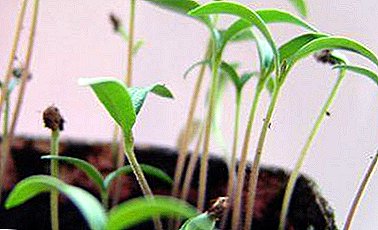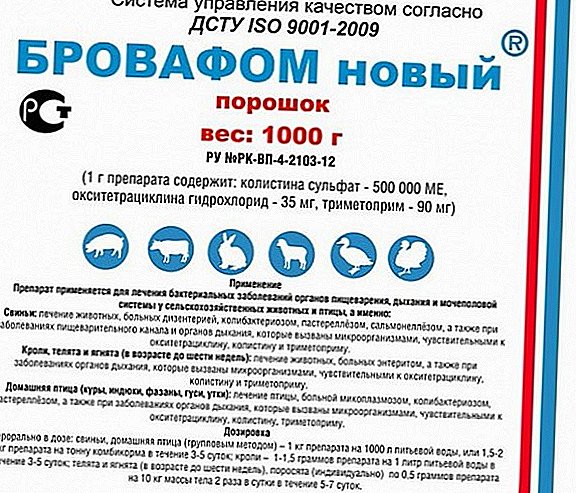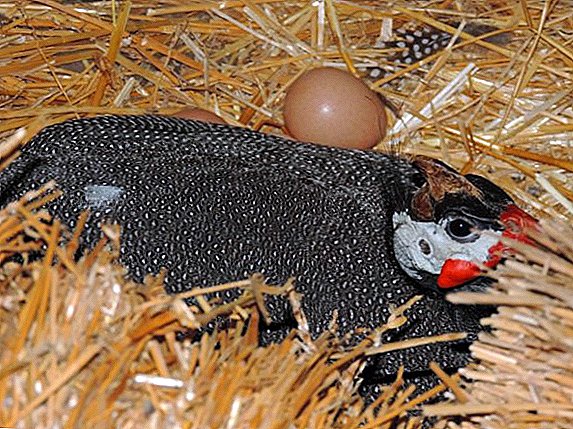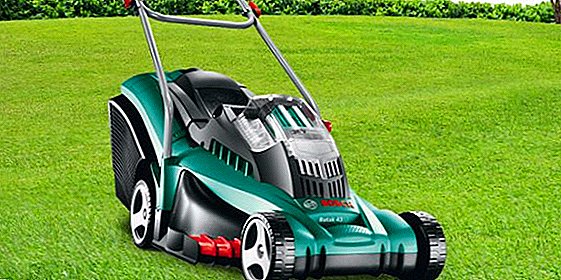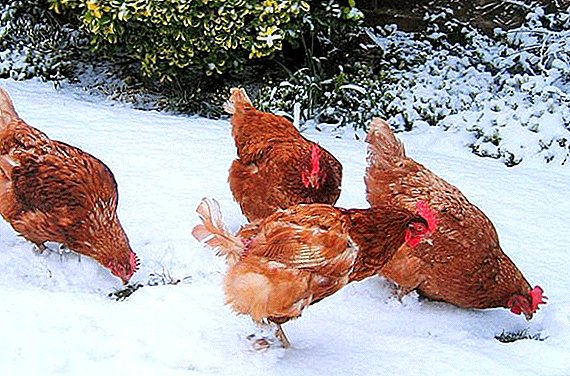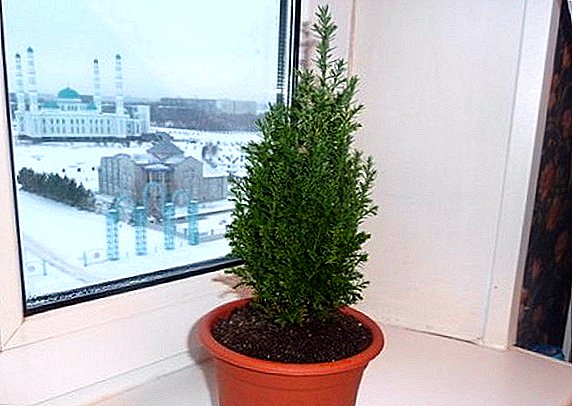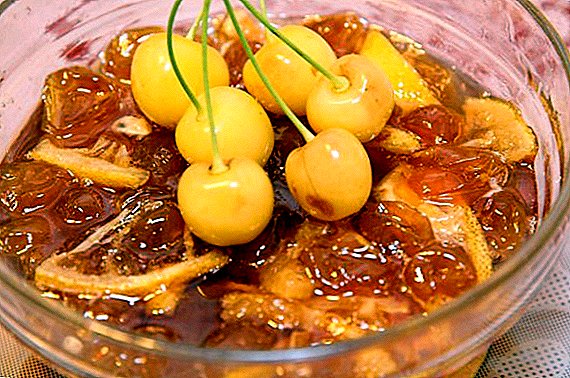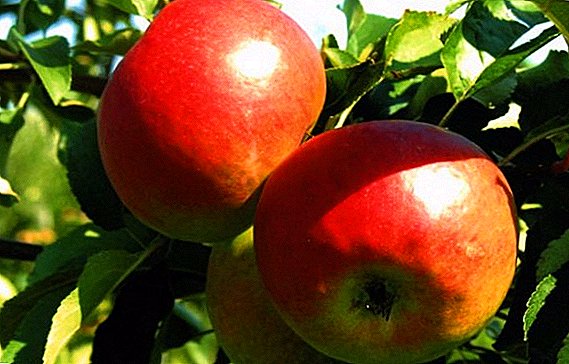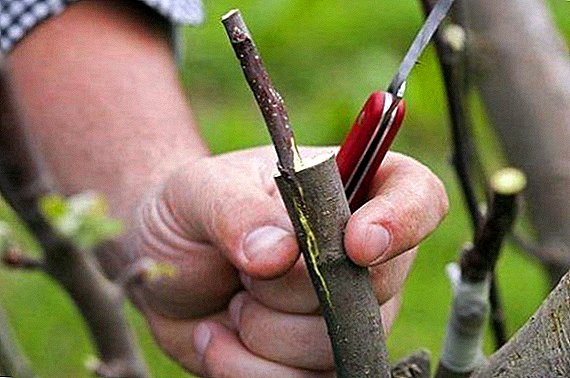 Pig breeding has always been considered one of the most expensive branches of agriculture. Construction of pig houses, their heating, lighting and maintenance are expensive, and if we add to this list the costs of preparing feed, it is not surprising that many owners of small farms immediately refuse to breed these animals.
Pig breeding has always been considered one of the most expensive branches of agriculture. Construction of pig houses, their heating, lighting and maintenance are expensive, and if we add to this list the costs of preparing feed, it is not surprising that many owners of small farms immediately refuse to breed these animals.
Nevertheless, it is impossible not to note the fact that new, modern technologies for growing pigs are improving more and more each year, and the emergence of new methods can significantly reduce the necessary material and physical costs. One of these upgraded options is the use of bacterial bedding for pigs, which has a number of undeniable advantages. We will discuss further what this technology is and what we should pay attention to when setting up a pigsty.
Features keeping pigs on deep litter
Straw hay keeping is a relatively new technology that has come to us from Canada, Europe and Asia. At different times, it was called differently (for example, “Canadian pig breeding technology” or “fermentation bedding”), but its essence is the same: animals are on a bed of straw and sawdust, and to improve overall performance, special materials are added to materials bacteria (biological products) for the processing of pig manure. 
Did you know? The most common option mentioned bioadditives is considered "Vodogray + clean shed", under the influence of which manure is utilized and it does not need to be cleaned, even the smell disappears.The use of deep litter helps to improve the profitability of pig breeding and reduce the material base. Thanks to the bacteria in the litter for pigs, you can not only remove the pigsty, but also provide your animals with a good warming material, since quite a lot of heat is released during the processing of urine and manure (the temperature in the litter reaches +40 ° C).
It is very beneficial to use this litter in the winter, especially if the pigsty is not heated. The temperature of the lower layer of the flooring quietly reaches + 5-15 ° C even in cold weather, which means that in an unheated room with a good ventilation system you will be able to create all conditions for the pigs for comfortable maintenance.  The heat generated by bacteria for the pigsty prevents the spread of insects, rodents and bacteria. In short, the savings are visible to the naked eye: labor costs for cleaning and transporting manure are significantly reduced, and there is no need to heat the room during the cold season or to spend money on the treatment of pigs, which in other conditions would hurt much more often. But this is not the whole list of advantages of keeping pigs in deep litter, so we will discuss this question in more detail below.
The heat generated by bacteria for the pigsty prevents the spread of insects, rodents and bacteria. In short, the savings are visible to the naked eye: labor costs for cleaning and transporting manure are significantly reduced, and there is no need to heat the room during the cold season or to spend money on the treatment of pigs, which in other conditions would hurt much more often. But this is not the whole list of advantages of keeping pigs in deep litter, so we will discuss this question in more detail below.
What are the advantages and disadvantages of the content on the deep litter
In addition to the mentioned economy, The technology of growing pigs using deep bedding has other advantages, which include:
- simplicity of design (in particular, does not require a complex ventilation system);
- availability of use both in conditions of keeping a large number of pigs on farms, and during their breeding in private households;
- ease of installation design: the pigsty is assembled from lightweight improvised material, giving it an arched shape and covering it with an awning;
- weight gain of pigs, which are contained in this technology, is 70-85 g / day, with the meat share increasing by 3%;
- the possibility of easy installation of the automatic feed feed bin (for example, you can set up the device to feed once a week, as a result of which the feed savings in the process of growing often reach 300 g / 1 kg gain);
- no need for air purification from ammonia vapors that appear along with manure and urine (the bacteria present in the litter themselves do an excellent job with this task);
- universality and durability of the litter: it is changed every five years, using the old flooring as a fully prepared organic fertilizer (recall that simple manure too much depletes the earth, while its humus, on the contrary, saturates it);
- high level of cleanliness in the pigsty: the air is always fresh, and the pigs do not get dirty with manure.
 As for the shortcomings of the use of deep bedding, and there are minuses in any technology, there are very few of them. First, sooner or later the litter will have to be changed, and this process will take a lot of time, and secondly, the cost of bacteria cannot be bought by many, which becomes the main reason for finding alternative options for keeping pigs.
As for the shortcomings of the use of deep bedding, and there are minuses in any technology, there are very few of them. First, sooner or later the litter will have to be changed, and this process will take a lot of time, and secondly, the cost of bacteria cannot be bought by many, which becomes the main reason for finding alternative options for keeping pigs.Did you know? The average lifespan of a pig is 15 years.
How to equip a room for pigs
No matter how ideal the new technologies in pig production are, it all starts with the arrangement of housing for pigs - the pigsty. It is in this room that the main physiological and production processes in animals take place: preparation for mating and the very mating of sows and boars, preparation and birth of piglets, feeding of the whole livestock, fattening of young animals, etc. Therefore, Before you start building a pigsty on your site, you should:
- study in detail the possible types of projects pigs, depending on the intended livestock;
- choose a suitable place for construction;
- develop a construction plan;
- provide for the rationality of the device of such a room at home.

Important! Pigs are very sensitive to dampness, temperature changes and drafts, so any room for their maintenance should be warm, bright and spacious. Such a result can be achieved only with the help of a device of dense, impenetrable walls, a hermetic roof (a warm garret floor is also important), good ventilation and comfortable floors that will provide good liquid drainage.
Wood is considered to be the best material for the construction of the pigsty, because it is a wooden structure that is able to provide sufficient heat, dryness and the required air environment. However, if you are going to use modern technology of keeping pigs on deep bedding, you do not need to build any monumental structures. It will be enough to have a room made of a metal frame and covered with an awning covering (tarpaulin).
Such lightweight constructions are very convenient to use, since they can be installed on any soils and are easily disassembled without the involvement of specialists. In addition, the building can be easily supplemented with the required number of sections, which allows you to expand the territory depending on the number of heads. However, in this case, a significant role is played by the ventilation system of the pigsty and soil drainage (concrete floors are completely contraindicated).
Also Do not forget about the possibility of freezing of water in drinking bowls, which must be controlled. It is good if the installed drinkers will have a heating system, and the feeders will be made in the form of automatically filled bunkers, to which pigs can have constant access.  For the role of litter material, cereal straw, sawdust, wood chips and other organic materials are perfect. Initially, the litter is laid out in a layer of 0.2 m, and as it is moistened, a new material is gradually added.
For the role of litter material, cereal straw, sawdust, wood chips and other organic materials are perfect. Initially, the litter is laid out in a layer of 0.2 m, and as it is moistened, a new material is gradually added.
Important! When using this technology, first of all, you should completely exclude the possibility of drafts, otherwise pigs will often get sick.After the end of the fattening period and sending the pigs to the meat processing plant, the hangars are cleaned, disinfected and a new litter is laid, preparing a place for new animals.
It should be noted that the meat of pigs grown in such conditions, has a high taste, which is very useful for successful business.
Ways to keep pigs in deep litter
There are two main ways of keeping pigs on deep litter: free-walking and free-walking, which is used a little less. Many experts believe that to achieve the most effective results is possible only with the help of the first variant of content, since, being in a constantly closed space, pigs grow worse and do not gain weight well. Let's look at each of the methods in more detail. 
Walking method
The free-walking method of keeping pigs is used much more often than the non-breeder variant of raising animals, including on deep bedding. It is used at any stage of livestock development, but in this case it is necessary to form same-sex herds of approximately the same age from pigs. Otherwise, there is a rather high probability of damage to the young stock by more adult individuals.
For the purpose of walking animals to the room where they are kept most of the time, they attach open pens or special areas. Walking is carried out either strictly according to the regime, or at any convenient time, without limiting this process.  On large farms, where bacteria are used for litter pigs, and the animals themselves are grown in free-form, their feeding is fully automated and mechanized. This makes the process of keeping livestock very economical, especially when using dry combination mixes.
On large farms, where bacteria are used for litter pigs, and the animals themselves are grown in free-form, their feeding is fully automated and mechanized. This makes the process of keeping livestock very economical, especially when using dry combination mixes.
Important! Be sure to ensure that pigs have free access to water, wherever they are.The pasture variant of keeping animals is more relevant in summer, although in any case it:
- provides ecologically safe production;
- does not require large financial costs for the purchase of materials (frame tent structures are relatively inexpensive);
- allows for a short time (from three to five days) to get a full-fledged pig complex;
- will pay for itself in 1-1.5 years;
- provides an average daily gain of 750-850 grams;
- does not require large labor and material costs for lighting and heating;
- allow pigs to be in comfortable conditions.
Loose gait
The breederless way of keeping pigs is not so attractive for them and is more suitable for the winter season. However, the majority of pig farms, designed for a large number of animals, use this variant of keeping. Pigs in warmed with straw or sawdust can be kept until the moment of putting up for meat, without having been in the open air.  Therefore, to maintain good reproductive capacity and proper development of individuals in the room, it is necessary to ensure an appropriate microclimate: dry and well ventilated. Excessive accumulation of moisture in the air will provoke the appearance of various diseases in pigs, as well as increase the likelihood of colds in animals.
Therefore, to maintain good reproductive capacity and proper development of individuals in the room, it is necessary to ensure an appropriate microclimate: dry and well ventilated. Excessive accumulation of moisture in the air will provoke the appearance of various diseases in pigs, as well as increase the likelihood of colds in animals.
Do not forget about the camp-pasture system, because, despite the fact that this is the most costly option, in the summer it helps to get more meat without significant material investments. In this variant of growing pigs contain in three ways:
- stall-pasture (in winter, animals are in semi-open areas, and in summer - on pasture);
- camp-pasture proper (pigs are housed in mobile camps and as the grass is eaten in one place, the complex moves to another);
- camp bezvigulnym (animals live in summer camps, but they bring food from the fields).
Bacteria that turn manure into litter: the pros and cons
When using deep bedding for pigs, you will surely meet such a definition as “the bacterium net formation”. First of all, you need to understand that "Netto Plast" is the name of one of the companies that produces biologically active organisms that are capable of processing manure. However, it is necessary to recognize the fact that it currently occupies a leading position in this field, and you will be convinced of this when you buy such bacteria.  Used flooring has the form of ordinary small chips or sand, and the fermentation process takes place deep in the layers of the litter. The basis of the fermentation flooring recommended for proper keeping of pigs consists of photosynthetic and lactic acid bacteria, which are absolutely safe for animals and people. It is they who quickly and efficiently digest the waste of pigs.
Used flooring has the form of ordinary small chips or sand, and the fermentation process takes place deep in the layers of the litter. The basis of the fermentation flooring recommended for proper keeping of pigs consists of photosynthetic and lactic acid bacteria, which are absolutely safe for animals and people. It is they who quickly and efficiently digest the waste of pigs.
Before deciding to breed pigs, you need to decide which breed to choose. Familiarize yourself with the nuances of growing pigs of the Duroc, Mirgorodskaya, red-belt, Vietnamese vislobryukha breeds.
Globally, the action of bacteria for deep bedding, which is often used to create comfortable conditions for pigs and other domestic animals, can be compared to the work of dry closets. The farmer only needs to cover the required layer of coating, and he will always get a clean room.
Due to the constant passage of the corresponding reactions in the deep fermentation litter, heat is generated, which, as we have said, will help to avoid spending on heating the room.  To date, there are a number of drugs that are added to the bedding for pigs (usually consist of a mixture of straw, sawdust). At the initial stage, when you just put the material on the floor, a large number of bacteria is added to it, and then a maintenance dose of biologically active organisms is added monthly.
To date, there are a number of drugs that are added to the bedding for pigs (usually consist of a mixture of straw, sawdust). At the initial stage, when you just put the material on the floor, a large number of bacteria is added to it, and then a maintenance dose of biologically active organisms is added monthly.
Important! The release of heat, which occurs as a result of natural fermentation processes, contributes to a smaller appetite of animals, although they grow much faster, while being distinguished by good health.Novice pig breeders are advised to buy ready-made deep fermentation litter for pigs, since its use has a number of undeniable advantages:
- with proper use of one layer of material with a good thickness should be enough for 4-5 years;
- you save time and effort that could be spent on cleaning in the pigsty;
- complete splitting of waste products of pigs falling on the litter occurs in just one day;
- the cost of additional space heating is significantly reduced or completely absent;
- the use of bacteria will save you not only from unpleasant odors, but will significantly reduce the number of dirty areas;
- the incidence and mortality of the livestock are also reduced, which means that it can be said with confidence that bedding with bacteria is an excellent preventive measure in terms of preventing the incidence of pigs, including viral diseases;
- used flooring is a completely natural material, absolutely safe for the health of animals;
- the level of emission of harmful ammonia into the environment is reduced, and the possibility of pollution of groundwater by manure is also prevented;
- pigs will not loosen the flooring, as they usually do with traditional coating before the onset of winter cold;
- with such a content, the feed formulation will not differ from the traditional one, except that during the cold months the animals especially need a large amount of retina.
- Well, finally, the described technology is perfect for both large livestock farms and small pig farms.


